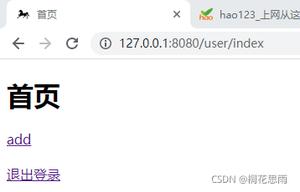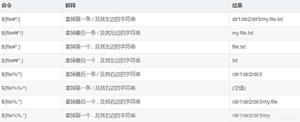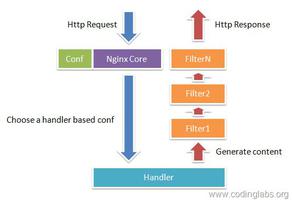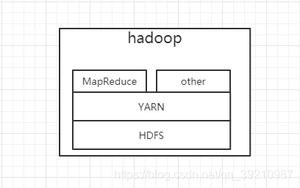Python C程序子进程挂在“ for it in iter”
好的,所以我试图从python脚本运行C程序。目前,我正在使用测试C程序:
#include <stdio.h>int main() {
while (1) {
printf("2000\n");
sleep(1);
}
return 0;
}
为了模拟我将要使用的程序,该程序会不断读取传感器的读数。然后,我尝试”2000”使用python中的子进程从C程序读取输出(在本例中为):
#!usr/bin/pythonimport subprocess
process = subprocess.Popen("./main", stdout=subprocess.PIPE)
while True:
for line in iter(process.stdout.readline, ''):
print line,
但这不起作用。从使用print语句开始,它运行该.Popen行,然后在处等待for line in iter(process.stdout.readline, ''):,直到我按Ctrl-C。
为什么是这样?这正是我所看到的大多数示例作为其代码的内容,但是却没有读取该文件。
编辑:
有没有一种方法可以使它仅在需要读取内容时才能运行?
回答:
这是一个块缓冲问题。
以下是你对Python回答的案例版本的扩展:从subprocess.communicate()问题中读取流输入。
stdio通常,如果基于程序的程序在终端中以交互方式运行,则将对这些程序进行行缓冲,并在将其stdout重定向到管道时对这些程序块进行缓冲。在后一种情况下,直到缓冲区溢出或刷新,你才会看到新行。
为了避免fflush()在每次调用之后printf()调用,你可以通过在开始时在C程序中调用来强制行缓冲输出:
setvbuf(stdout, (char *) NULL, _IOLBF, 0); /* make line buffered stdout */在这种情况下,只要打印了换行符,缓冲区就会被刷新。
有一个stdbuf实用程序,可让你更改缓冲类型而无需修改源代码,例如:
from subprocess import Popen, PIPEprocess = Popen(["stdbuf", "-oL", "./main"], stdout=PIPE, bufsize=1)
for line in iter(process.stdout.readline, b''):
print line,
process.communicate() # close process' stream, wait for it to exit
还有其他实用程序,请参阅关闭管道中的缓冲。
要欺骗子进程以使其认为是交互式运行,可以使用pexpect模块或其类似物,有关使用pexpect和pty模块的代码示例,请参见Python子进程readlines()hangs。这是此处pty提供的示例的一种变体(它应在Linux上运行):
#!/usr/bin/env pythonimport os
import pty
import sys
from select import select
from subprocess import Popen, STDOUT
master_fd, slave_fd = pty.openpty() # provide tty to enable line buffering
process = Popen("./main", stdin=slave_fd, stdout=slave_fd, stderr=STDOUT,
bufsize=0, close_fds=True)
timeout = .1 # ugly but otherwise `select` blocks on process' exit
# code is similar to _copy() from pty.py
with os.fdopen(master_fd, 'r+b', 0) as master:
input_fds = [master, sys.stdin]
while True:
fds = select(input_fds, [], [], timeout)[0]
if master in fds: # subprocess' output is ready
data = os.read(master_fd, 512) # <-- doesn't block, may return less
if not data: # EOF
input_fds.remove(master)
else:
os.write(sys.stdout.fileno(), data) # copy to our stdout
if sys.stdin in fds: # got user input
data = os.read(sys.stdin.fileno(), 512)
if not data:
input_fds.remove(sys.stdin)
else:
master.write(data) # copy it to subprocess' stdin
if not fds: # timeout in select()
if process.poll() is not None: # subprocess ended
# and no output is buffered <-- timeout + dead subprocess
assert not select([master], [], [], 0)[0] # race is possible
os.close(slave_fd) # subproces don't need it anymore
break
rc = process.wait()
print("subprocess exited with status %d" % rc)
pexpect将pty处理包装到更高级别的接口中:
#!/usr/bin/env pythonimport pexpect
child = pexpect.spawn("/.main")
for line in child:
print line,
child.close()
以上是 Python C程序子进程挂在“ for it in iter” 的全部内容, 来源链接: utcz.com/qa/405411.html







